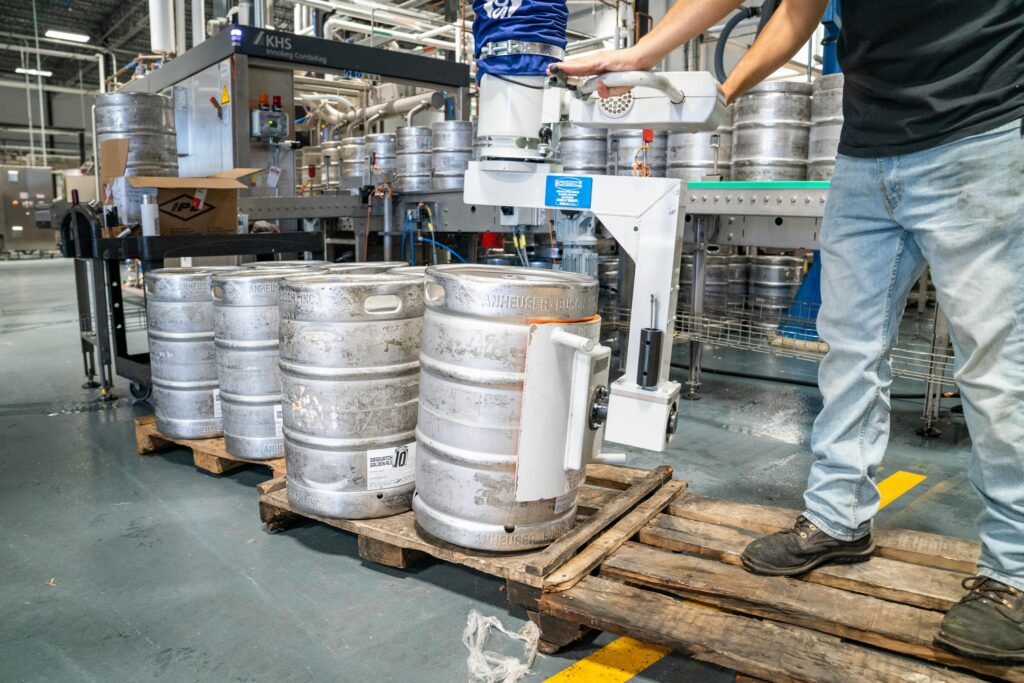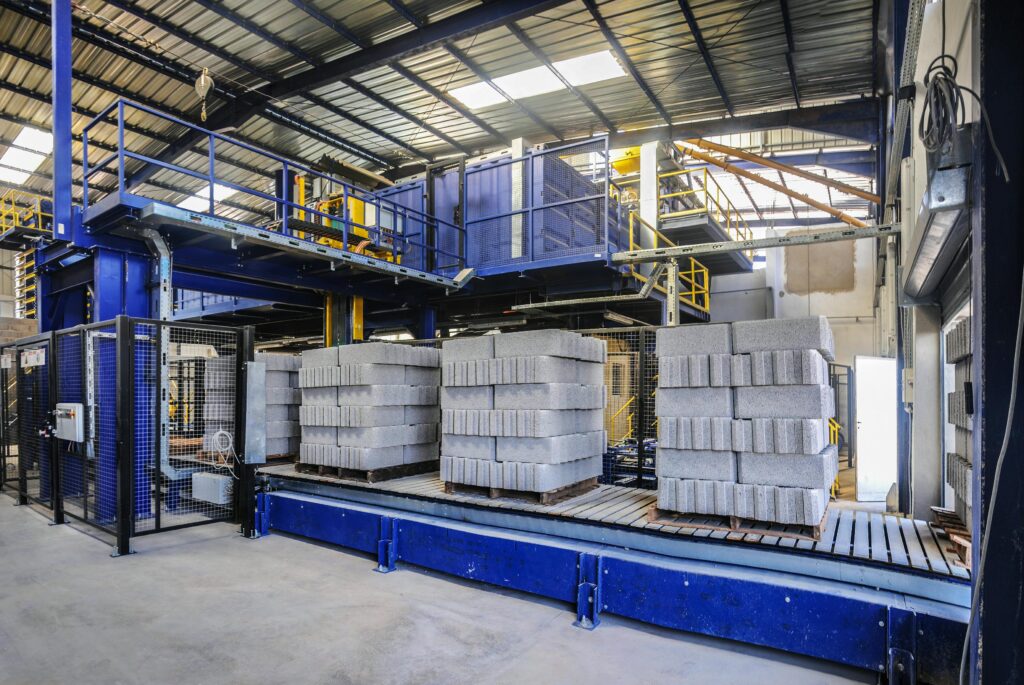
Clinker is one of the most essential materials in the cement production process. Without clinker, cement as we know it wouldn’t exist. Understanding what clinker is and how it influences construction quality helps buyers make better decisions when selecting cement types.
🔍 What is Clinker?
Clinker is a hard, grey nodular material made by heating limestone and other raw materials in a kiln at very high temperatures (around 1450°C). These nodules are then ground with gypsum to produce cement.

🏗 Why is Clinker Important?
The quality and composition of clinker directly affect the strength, setting time, and durability of cement. High-quality clinker means:
- Better compressive strength
- Longer-lasting structures
- More resistance to water, salts, and chemicals
🧪 Types of Clinker
Depending on the raw material mix and production method, different types of clinker are produced:
- Ordinary Portland Clinker – Standard type used for general construction
- Sulfate-Resistant Clinker – Ideal for areas with salty soil or water (Type V)
- White Clinker – Used for decorative white cement
- Low Heat Clinker – Used in massive projects like dams to reduce cracking
🚧 Applications in Construction
Clinker-based cement is used in:
- Building foundations
- Bridges and highways
- Water tanks and dams
- Decorative finishes (white cement)

⚖️ Clinker and Environmental Impact
Cement production, especially clinker manufacturing, is energy-intensive and emits CO₂. Modern factories are working to:
- Reduce fuel consumption
- Use alternative fuels (biomass, waste)
- Introduce clinker substitutes (like slag or fly ash)

🔧 How to Choose Cement Based on Clinker
As a buyer or builder, look for:
- Cement bags with technical data
- Certified clinker source
- Factory reputation and environmental practices
Avoid uncertified products—they may contain poor-quality clinker, leading to cracks or water leakage in the structure.
✅ Final Words
Clinker may be a hidden material inside every cement bag, but its role is crucial. Knowing the type and quality of clinker can help you choose the right cement for your project, whether you’re building a house, a bridge, or a decorative wall.
Next time you buy cement, ask about the clinker behind it.